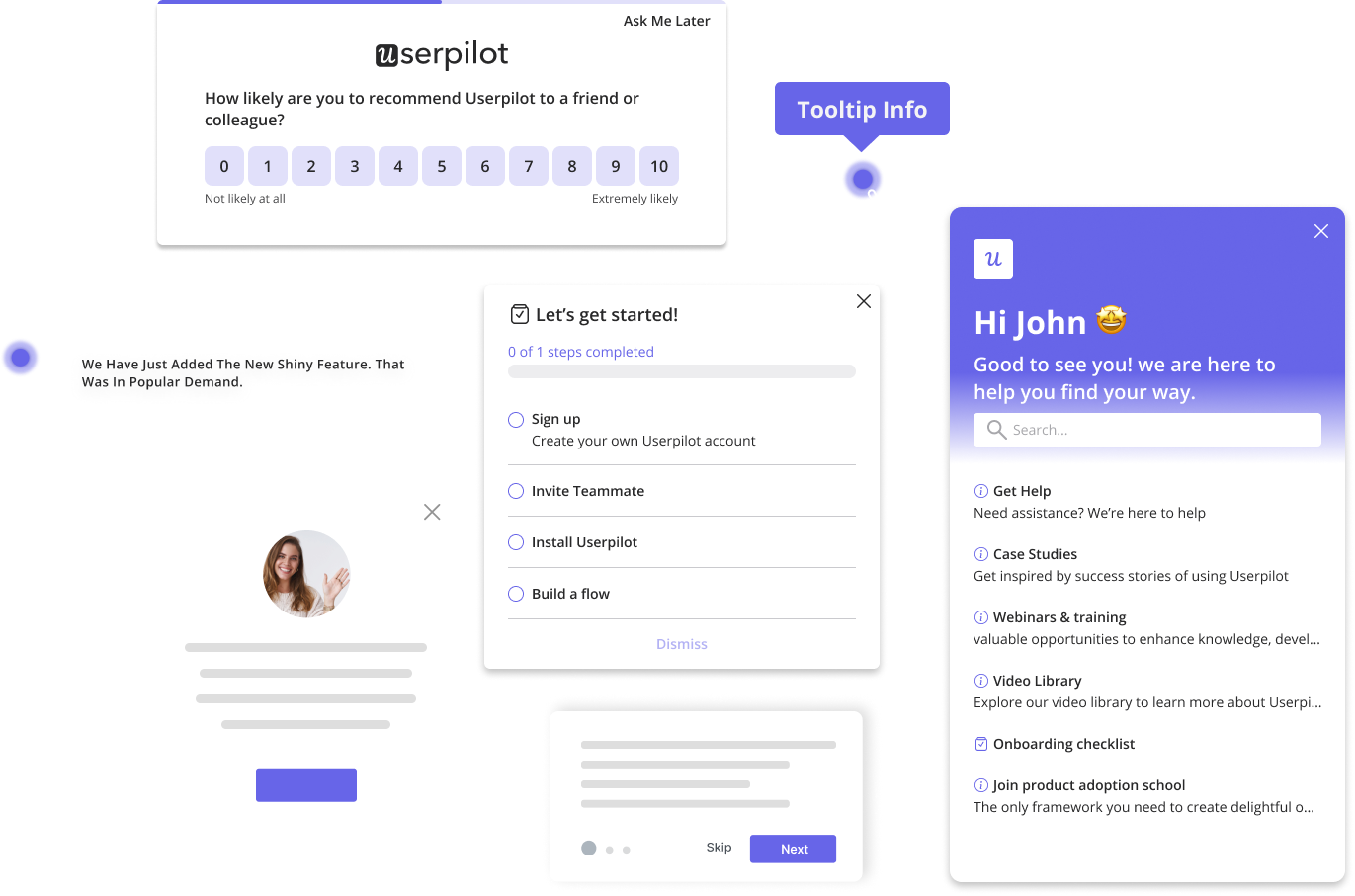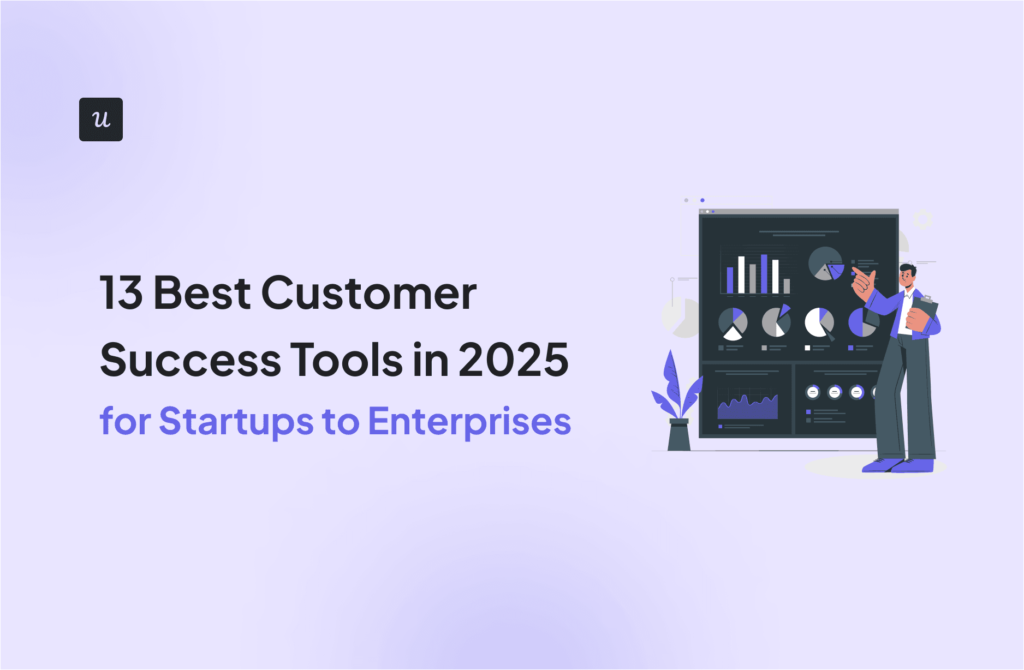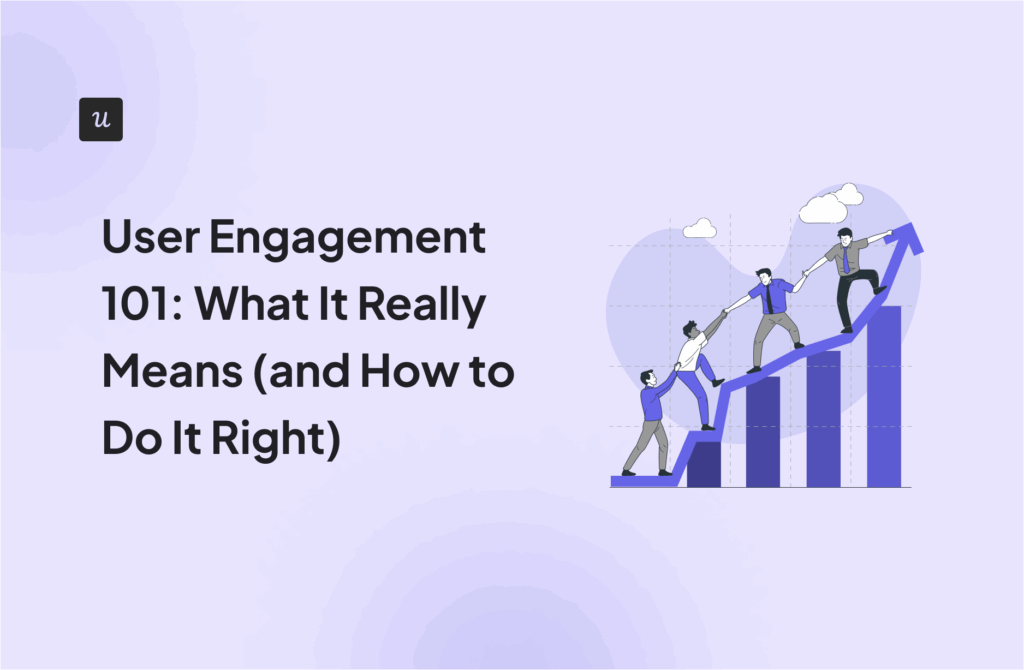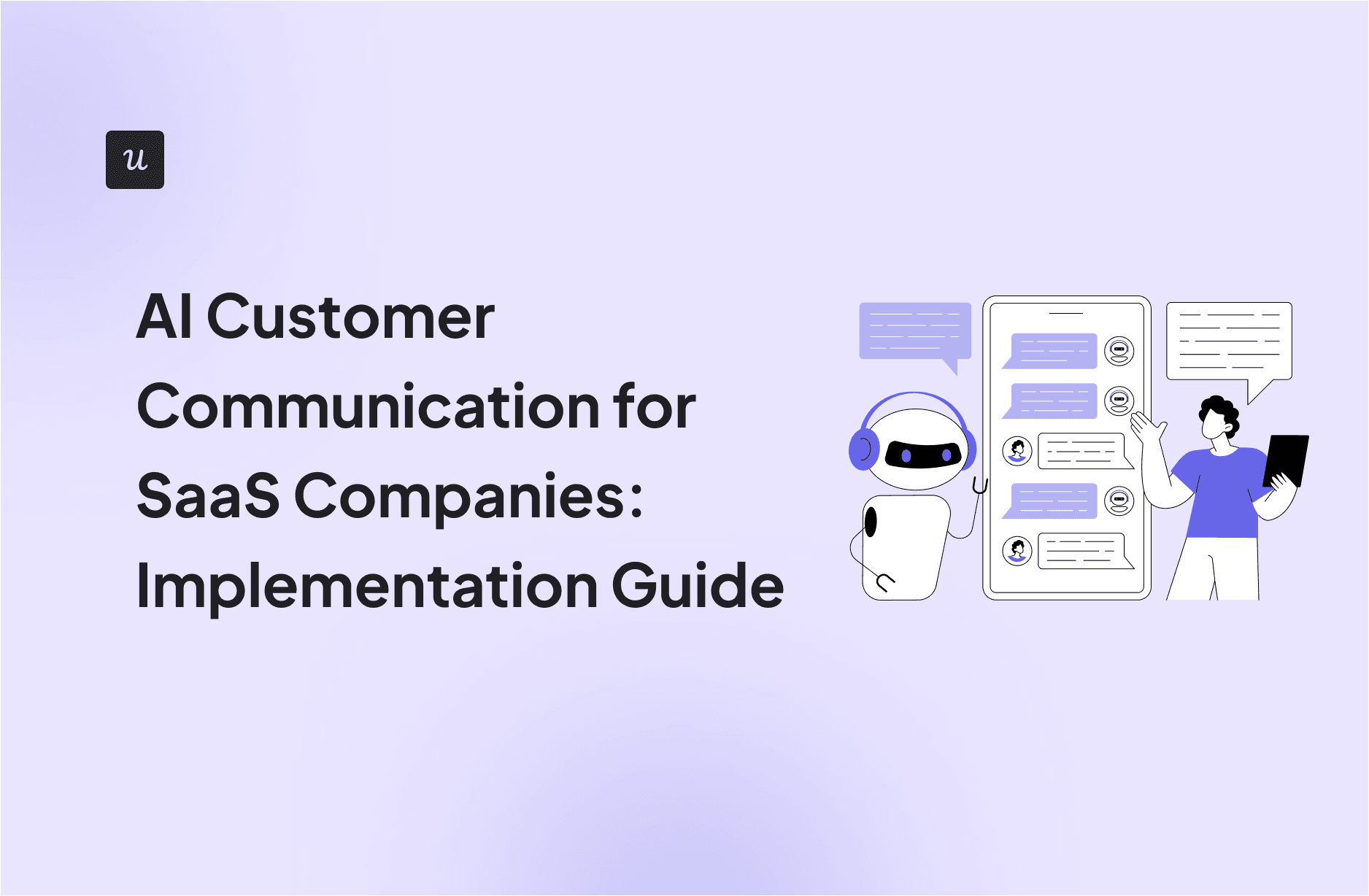
AI Customer Communication for SaaS Companies: Implementation Guide
Traditional communication methods that use manual approaches are failing SaaS businesses. This is leading to our customers getting confused by pricing tiers and churn during poor onboarding experiences. Plus, we lack real-time insights into their behavior patterns. AI customer communication is a strategic imperative for B2B SaaS, enabling us to transition from reactive support to proactive, personalized interactions.
This shift directly drives growth and deepens customer relationships. Instead of our support teams spending hours on repetitive tasks, AI handles common questions instantly. Rather than guessing what frustrates users and reduces product engagement, we get data-driven insights into what they actually need.
In this guide, I’ll show you how AI improves customer communication. We’ll cover practical applications, core technologies, and a proven implementation roadmap, drawing from my experience and the tools we use at Userpilot.
What’s your biggest AI customer communication challenge?
What’s your main goal?
What’s stopping you from achieving that goal?
It’s time for proactive, personalized AI customer communication.
Userpilot’s AI-powered platform helps you automate onboarding, boost feature adoption, and gain deep user insights without writing a line of code. See how it works.
Try Userpilot Now
See Why 1,000+ Teams Choose Userpilot
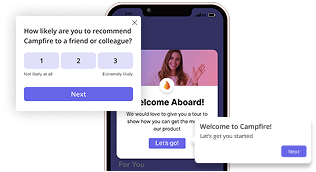
5 Ways AI can improve your customer communication
Here are practical improvements I’ve seen firsthand when companies integrate AI into their customer engagement framework:
- Personalize every user interaction: Creates tailored flows, surveys, and content based on individual user behavior patterns. No more generic one-size-fits-all messaging.
- Proactively prevent customer issues: Automatically detects when user behavior changes and when customer interactions drop. Triggers help before customers churn or get frustrated.
- Scale communication without manual work: Generates personalized onboarding flows, feature adoption campaigns, and support content through simple natural language prompts.
- Turn customer data into actionable insights: Automatically analyzes user feedback, behavior patterns, and communication effectiveness. It shows what messaging meets customer expectations.
- Streamline communication operations: Centralizes customer alerts, insights, and engagement tools in one intelligent system, so you save time spent switching between platforms.
5 Use cases on how to use AI to improve customer communication
Use these strategies to implement AI customer communication and increase your product’s adoption. Each one addresses specific challenges that SaaS companies face.
1. Harnessing machine learning for predictive analytics
Machine learning (ML) algorithms analyze past data to spot patterns that humans miss. This powers predictive analytics, and we can then forecast outcomes such as customer churn or develop optimal billing strategies with impressive accuracy. You can use ML algorithms to:
- Monitor churn patterns across different user segments, enabling data-driven decisions to keep customers engaged.
- Analyze pricing performance by looking at key metrics like ARR and MRR, helping us adjust our monetization strategies.
- Predict revenue trends accurately, supporting better financial planning.
- Identify the best time to release features by analyzing user adoption patterns and seasonal usage trends.
- Detect expansion opportunities by monitoring usage patterns that indicate customers are ready for higher-tier plans or additional features.
- Predict support ticket volume based on feature releases, seasonal trends, and user onboarding cycles.
More data improves predictions, which continually refine our customer loyalty analytics.
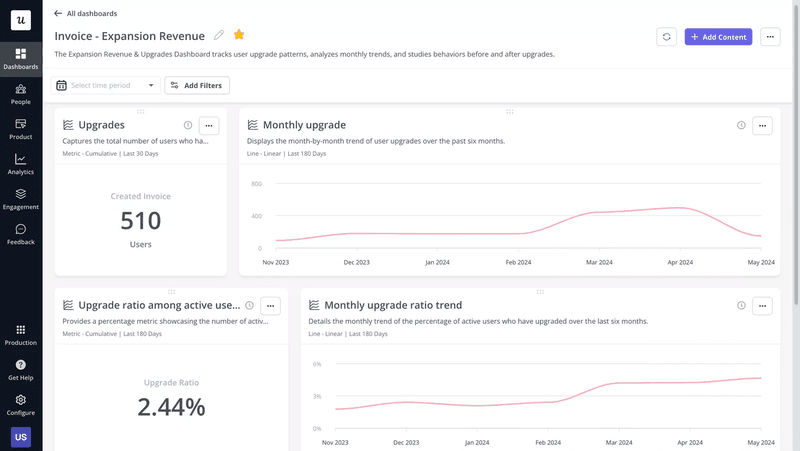
2. Using NLP and conversational AI for customer service and support
Natural Language Processing (NLP) helps computers understand what people say. Combined with conversational AI, it enables tools such as chatbots and virtual assistants to interact with users using natural language queries. This is a big step towards conversational UX.
We can ask questions like, “What’s our retention rate for enterprise customers?” and receive instant, accurate answers. This removes technical barriers, democratizes data access, and helps us gain insights faster without requiring a data scientist for every report.
Customers increasingly prefer self-service options. AI empowers us to build intelligent self-service support systems with:
- Intelligent knowledge bases that understand customer queries and provide accurate answers. You can even build an in-app resource center with tools like Userpilot, integrating popular knowledge bases like Zendesk or HubSpot through our knowledge base integrations. This way, you can show the right information at the right moment.
- AI-powered chatbots that handle common questions, guide users through troubleshooting, and free up human agents for more complex issues. They can also qualify leads during trials, collect feedback after feature interactions, and offer help based on user behaviour patterns.
- Smart FAQ systems that automatically update based on trending support topics, ensuring customers always find current information without waiting for manual updates.
- Context-aware help widgets that appear when users struggle with specific features, offering targeted assistance before they need to contact support.
This approach reduces support ticket volume, provides 24/7 assistance, and significantly improves resolution times.
A common misconception is that AI replaces human agents. In reality, AI serves as a powerful co-pilot, empowering our customer success managers and support agents with real-time assistance through:
- Proactive assistance: AI tools analyze ongoing conversations and suggest appropriate responses, relevant knowledge base articles, or even product recommendations.
- Automated summaries: AI summarizes past interactions or long support tickets. This gives agents full context quickly.
- Intelligent routing: AI ensures complex issues reach the right human expert immediately. It cuts down transfer times and frustration.
- Smart escalation triggers: AI detects when conversations are going poorly. It automatically offers to connect customers with senior agents or provides alternative resolution paths before frustration peaks.
- Performance coaching: AI analyzes agent conversations to identify coaching opportunities, suggesting better phrasing for common scenarios and tracking resolution success rates across different response approaches.
- Workload balancing: AI distributes tickets evenly across available agents, considering their expertise areas and the current complexity of cases, thereby preventing burnout and maintaining consistent response quality.
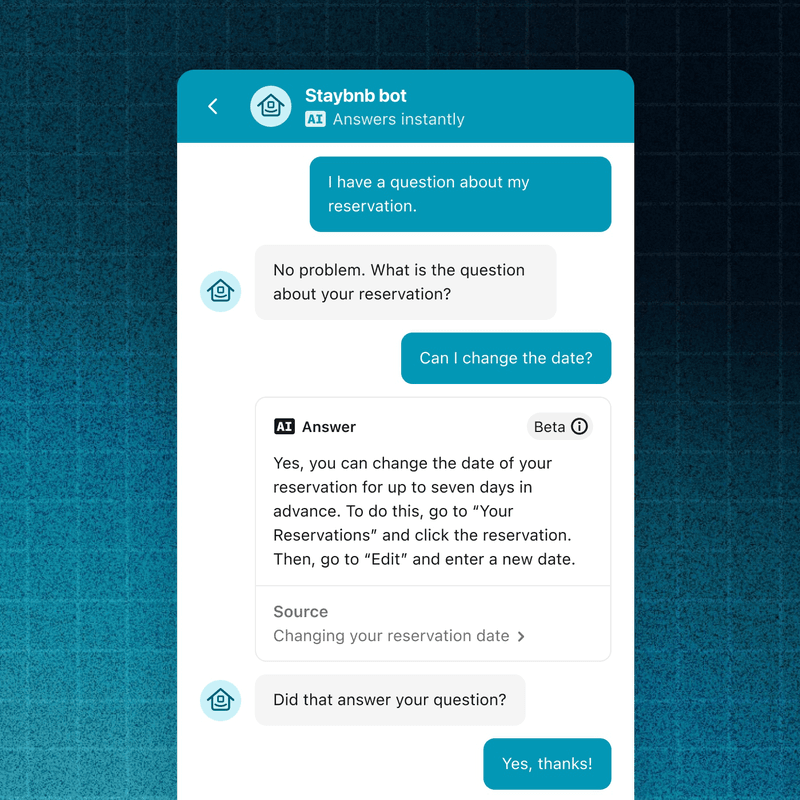
3. Use generative AI for content creation and user onboarding
Generative AI takes automation even further by analyzing customer engagement data, uncovering valuable insights, and can even create reports and communication strategies. For example, generative AI can:
- Automatically recognize low activation and create targeted interventions: When AI detects dropping activation rates for specific segments, it generates personalized modals, tooltips, or email sequences to re-engage users without manual intervention.
- Generate segmented content variations: AI can create A/B test variations for in-app messaging, produce role-specific onboarding copy, and adapt messaging tone based on user behavior patterns and preferences.
- Create contextual help content: AI generates feature-specific tutorials when users struggle, produces dynamic FAQ responses based on trending questions, and creates personalized learning paths that guide users toward activation.
- Develop targeted campaigns automatically: When trial conversion rates drop, AI generates feature highlight banners, success story modals, and completion incentives tailored to different user segments.
This frees our teams from spending hours sifting through data, allowing us to focus on strategic implementation. At Userpilot, our AI-writing assistant instantly generates or refines UI text for tooltips, modals, and banners. It fixes grammar, summarizes text, or expands on ideas, making our in-app communication faster and more professional.
First impressions are paramount for long-term customer success. AI automates and personalizes this crucial onboarding phase, ensuring an impactful start through:
- AI-driven onboarding flows: Using platforms like Userpilot to create interactive onboarding experiences that guide users contextually through the product, featuring modals, slideouts, or checklists.
- Personalized content delivery: Ensuring users see the most relevant onboarding content based on their role, industry, or initial actions, reducing time to value.
- On-demand help: Providing on-demand tutorials and FAQs via our Resource Center, which can embed videos or link to external knowledge base articles.
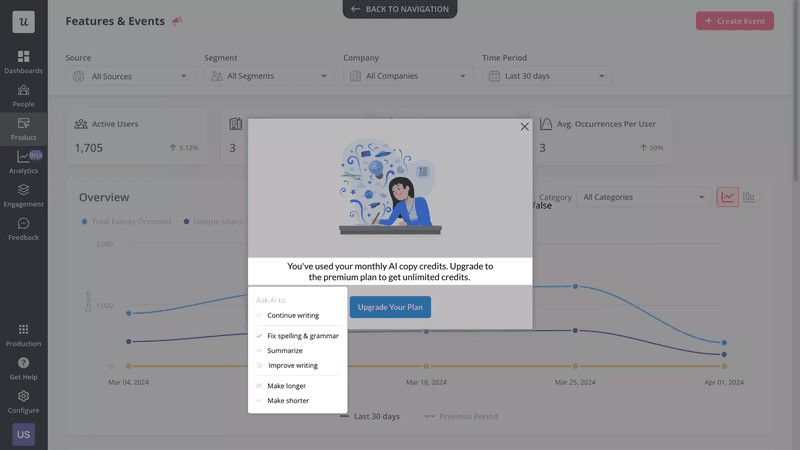
4. Use AI for advanced reporting and analytics
Beyond basic content creation, AI-powered reporting systems are transforming customer service with:
- Automated insight discovery: AI scans dashboards to surface notable trends, anomalies, and opportunities without manual analysis. It also identifies correlation patterns between feature usage and retention, automatically flags revenue opportunities from usage spikes, and detects seasonal patterns to inform campaign timing.
- Natural Language querying: Teams can ask questions like “which features drive the highest retention?” and receive instant, visual answers. AI also processes complex multi-part queries like “show me enterprise customers who increased usage but haven’t upgraded,” generates executive summaries from raw data, and creates customized reports based on stakeholder questions.
- Predictive reporting: Forecasts future customer behavior trends based on historical patterns and current trajectory.
- Cross-platform correlation: Identifies connections between customer communication touchpoints and business outcomes.
- Real-time alert systems: Automatically notify us when key metrics exceed thresholds or unusual patterns show.
Proactive customer service anticipates and solves problems before customers are even aware of them. AI makes this critical approach possible by:
- Predicting churn risks: Analyzing usage patterns and sentiment to flag accounts showing signs of disengagement, allowing early intervention.
- Spotting upsell opportunities: Identifying users who are ready for an upgrade or a new feature based on their activity.
- Monitoring for friction: Using user behavior analytics software (integrating with platforms like Mixpanel or Amplitude) to identify friction points in the user journey.
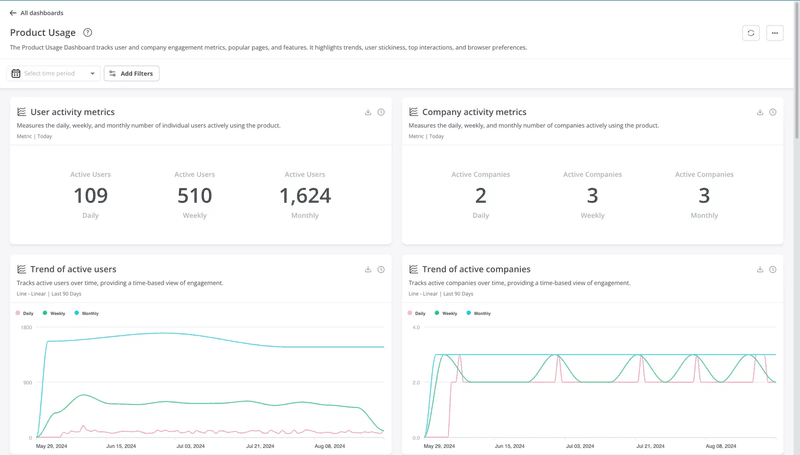
5. Refine feedback with AI-powered sentiment analysis
Customer input is crucial for product evolution. AI customer communication helps us collect and analyze feedback better with:
- NPS surveys: We use in-app NPS surveys to gauge customer loyalty. AI analyzes NPS responses and segments users into promoters, passives, and detractors. This informs follow-up actions.
- In-app surveys: Deploying targeted in-app surveys to gather feedback on specific features or parts of the customer experience. Userpilot allows us to use form responses within flows to collect any kind of input.
- Sentiment analysis: Evaluating text from survey responses, support tickets, and other channels to understand the emotional tone of customer feedback. This delivers a deeper understanding of user sentiment.
- Review analysis: Automatically processes app store reviews and third-party platform feedback to identify common complaint themes and feature requests that inform product roadmap decisions.
- Conversation intelligence: AI analyzes conversations to identify satisfaction indicators, objection patterns, and successful engagement strategies that customer service teams can replicate.
The real power comes from connecting sentiment data with behavioral analytics. When we observe a spike in negative customer sentiment related to specific features, we immediately examine usage patterns to understand the root causes and implement fixes before the issues affect more customers.
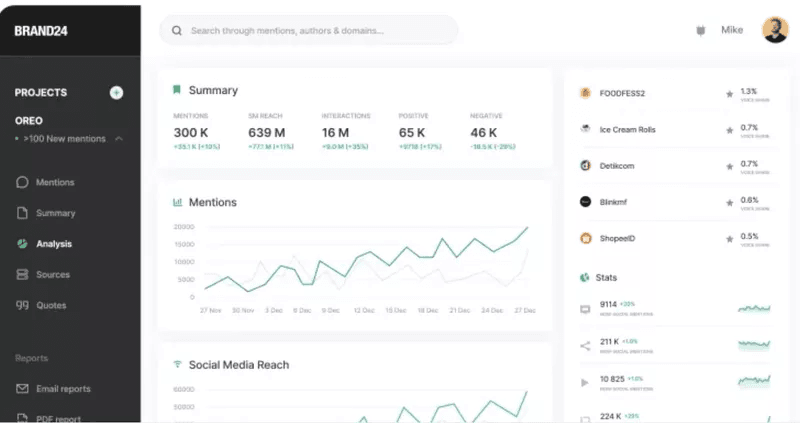
Your AI implementation roadmap: practical steps for success
Implementing AI does not demand a massive overhaul. As a PLG marketer, I advocate for starting small, proving incremental value, and then scaling up. Here is our approach:
1. Build a strong data foundation: fuel your AI success
Many fear that implementing AI technology requires perfectly clean, integrated data, and this can make it seem daunting. While data quality is crucial, you don’t need perfection to start. However, you require a strong data foundation. AI is only as good as the data it’s trained on. Use these tips to make a solid foundation and avoid fragmented or messy data that’ll cripple AI efforts:
- Centralize customer data: Bring together information from your CRM, product analytics, and communication channels. Platforms like Userpilot offer HubSpot and Salesforce integrations to sync user and company properties, creating a unified view. You can start by connecting your three most critical data sources rather than attempting to integrate everything at once.
- Define key events: Decide what user actions are crucial to track. Userpilot helps with data tracking by letting you auto-capture events or visually label them without code. Focus on 5-10 critical events like feature activation, trial completion, and upgrade actions.
- Ensure data quality: Set up data validation rules and regular cleanup processes through automated checks and manual audits. This approach will help prevent AI from learning incorrect patterns from poor data, which would result in unreliable predictions and recommendations.
2. Start small: pilot & prove incremental AI value
Avoid a “big bang” rollout. I recommend picking one or two high-impact areas to test AI customer communication and measure clear results before expanding:
- Automate a simple onboarding flow: Use Userpilot to create an interactive flow for new users to guide them to their “Aha!” moment. Start with one specific user segment rather than trying to personalize for everyone immediately. Track completion rates and time-to-value to measure success.
- Deploy a chatbot for common FAQs: Begin by automating answers to your top 10 frequently asked questions within your Resource Center. Monitor which questions the chatbot resolves successfully versus those requiring human escalation.
- Test personalized messages: Use customer segmentation to send tailored in-app messages to a small group of users. For example, welcoming new users to the platform with personalized greeting messages.
This way, you can learn, iterate, and prove ROI without taking significant risks. Userpilot’s A/B testing features for flows are excellent for comparing different approaches.
3. Empower your team: drive AI adoption through training
A significant hurdle to AI adoption is employees’ fear of job displacement. Address this by:
- Educating on AI benefits: Show your team how AI enhances roles by automating mundane tasks and freeing teams to focus on strategic, high-value interactions critical for customer experience management. Share specific examples like AI handling routine support tickets while agents tackle complex problem-solving and relationship building.
- Providing hands-on training: Ensure your team knows how to use AI tools effectively through practical sessions. Userpilot’s visual builder makes it easy for anyone to create flows and spotlights without code. Begin with simple tasks, such as creating basic onboarding flows, before progressing to advanced personalization features.
- Fostering an experimental culture: Encourage your team to experiment with AI and provide feedback. Create safe spaces for testing new approaches without fear of failure. Celebrate both successes and learning experiences from unsuccessful experiments.
- Measuring skill development: Track team proficiency with AI tools and provide ongoing support as capabilities expand across your organization.
4. Ensure trust: prioritize ethical AI & data privacy
The ethical implications of AI, particularly concerns about bias and data privacy, are valid and must be proactively addressed. Prioritize trust by:
- Actively prevent bias: Ensure AI algorithms do not amplify biases from training data. Regularly audit AI outputs for fairness across different customer segments, demographics, and use cases. Test your models with diverse data sets and establish review processes before deploying new AI features.
- Promote transparency: Clearly communicate how AI is used to customers through privacy policies and in-app notifications. Userpilot offers robust security measures and privacy controls, including data masking in session replays. This helps customers understand what data is collected and how you use it.
- Maintain data privacy: Comply with regulations like GDPR and CCPA through proper consent mechanisms and data handling procedures. Userpilot provides options for Content Security Policy (CSP) whitelisting and Subresource Integrity (SRI) to ensure secure data handling.
- Establish governance frameworks: Create clear guidelines for AI usage, regular compliance audits, and escalation procedures when ethical concerns arise during implementation.
Measure success: track AI’s impact on communication & growth
To validate AI customer communication and continuously refine strategies, rigorously track key performance indicators (KPIs). I monitor these essential metrics:
- Response time: How quickly are we getting back to customers? AI-powered chatbots drastically reduce this metric from hours to seconds for common inquiries.
- Resolution rate: How many issues are resolved without human support? You can measure both immediate resolution (customer gets an answer without escalation) and complete resolution (issue fully solved through AI). Track this by query type to identify where AI excels and where human expertise remains necessary.
- Customer Satisfaction (CSAT) / Net Promoter Score (NPS): Are customers happier? We track customer satisfaction metrics and use NPS surveys to measure loyalty and sentiment. Userpilot’s analytics dashboards provide customizable dashboards to track these metrics.
- Churn rate: Is AI helping us retain more customers? We look at user retention dashboards to understand long-term engagement. Track both overall churn and segment-specific churn rates to identify where AI interventions have the strongest impact on retention.
- Feature adoption rate: Are users discovering and using key features more thanks to AI-driven guidance? Our Core Feature Engagement Dashboard helps us track adoption curves before and after implementing AI-powered onboarding and feature recommendations.
- Personalization effectiveness: Measure engagement rates for AI-personalized content versus generic messaging. Track click-through rates, completion rates, and conversion rates for personalized onboarding flows, targeted customer messages, and recommended actions.
- Predictive accuracy: Monitor how accurately your AI predicts churn, identifies upsell opportunities, and flags at-risk accounts. You can track both prediction accuracy and the business impact of acting on these predictions.
Userpilot’s product analytics capabilities allow us to track funnel conversions, user paths, and overall usage trends to understand the actual impact of our AI initiatives. This data helps us refine our strategies and continuously improve the customer experience.
Transform your customer communication strategy today
AI is fundamentally changing customer communication for SaaS companies. It’s moving beyond mere efficiency to build deeper relationships, anticipate needs, and deliver personalized experiences at scale. At Userpilot, embracing AI has enabled us to make our products shine by connecting with users in more meaningful ways.
This is not a trend to observe; it is an approach to adopt. Embrace this shift now, and you will be uniquely positioned to grow your SaaS business.
Ready to navigate product success in the AI era? Our upcoming Product Drive conference on October 7-8th brings together top experts to share the latest strategies for AI-powered product growth. Sign up to learn from industry leaders at companies like Lovable, Growth Unhinged, and Turtl about implementing AI in your product strategy.


